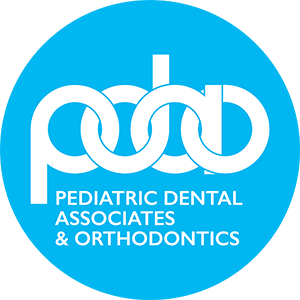Keeping up with your child’s oral health can be challenging, and we at Pediatric Dental Associates and Orthodontics want to make sure that you are equipped with the information you need. Each week, we go live on Facebook with helpful information to encourage you to take care of your child’s smile from the outset. This week, Amy talked about using age-appropriate toothbrushes, rotating your toothbrushes in a timely manner, which toothpaste your child should be using, and when to start flossing. Check it out!
Age-Appropriate Toothbrushes
When you walk down the toothbrush aisle, you’ll find numerous toothbrushes with all of your child’s favorite superheroes and movie characters on them. These are fantastic tools for encouraging your child to brush their teeth, but we want to make sure that you are getting a toothbrush that is effective for your child.
Each toothbrush package will be labeled with the age range that it is designed for. It is imperative that you are only allowing your child to choose their toothbrush from the age range that fits them. These labels are not suggestions. Instead, each toothbrush is explicitly designed to cater to each age’s mouth size and physical development. When your child is around the age of 8, they will typically graduate to a regular adult toothbrush.
Rotating Toothbrushes
Many don’t realize it, but you should be swapping your toothbrush for a brand new one every three months. A common rule of thumb is to replace your family’s toothbrushes at the beginning of each quarter. It is also critical that you replace a family member’s toothbrush after they have been sick. Failing to do this results in a high chance that the illness could be passed amongst the rest of your family.
Choosing Toothpaste
Choosing your toothpaste and knowing how much to use can be difficult, especially when making these choices for your child. We recommend using a smear of fluoridated toothpaste for any child up to the age of two. Once your child is older than two, they can graduate to a pea-sized dollop of toothpaste.
Flossing!
Yes, we know that flossing is not the most popular subject, even amongst dental health. But, we want to remind you that it is a critical part of your oral health routine! You should begin flossing your child’s teeth as soon as their teeth start to touch. Typically, this occurs when their back molars come in. This will keep plaque from building up between their teeth and causing problems for their young smiles!
As always, we want to remind you that it doesn’t always matter how you take care of your child’s teeth; it’s that you take care of them from the beginning!

